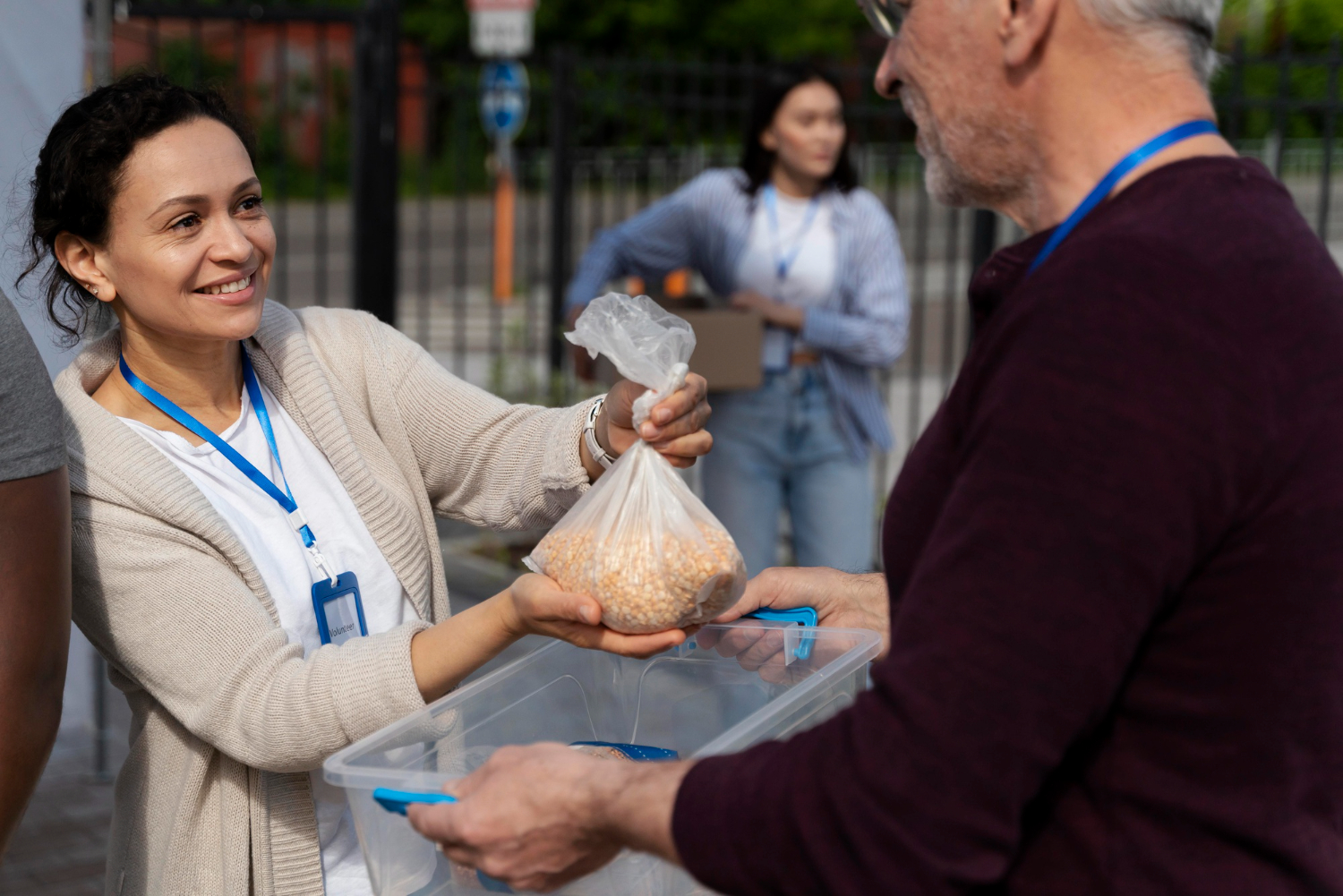A recent study from St. Louis, Missouri, offers a promising approach to combining available data analytics with community-based input in maximizing service delivery and reducing disparities in homeless assistance.
This study focused on the administrative records for over 10,000 households that had entered homelessness services from 2009 to 2012 and used advanced techniques in machine learning to predict the effectiveness of various interventions on different subgroups. The four major types are indicated as helping methods: prevention of homelessness, emergency shelter, rapid rehousing, and transitional housing.
A recurring theme in that study was how well homelessness prevention, when successful for eligible households, worked. Eligible households typically experienced re-entry to homelessness at a rate of 5-8 percentage points better than other practices—that is, the importance of upstream investment to keep people housed. For those ineligible for prevention, the results revealed important nuances in intervention effectiveness. Households presenting with combined health, mental health, or substance abuse problems benefited most from transitional housing, as opposed to families with only children, who experienced best with rapidly re-housed outcomes.
Age, race, and gender were not found to significantly impact which intervention worked best. This goes against most primary assumptions and underscores the importance of evidence in service allocation decisions.
These insights, in combination with community stakeholder feedback, allowed the research team to develop a set of prioritization rules for the allocation of services.
Simulations of such policies showed promising overall: re-entry would decrease, and equity would improve relative to the status quo; great strides were made in one respect for Female-headed households and unaccompanied youth – both of these groups are often experiencing essential challenges to getting the right of service.
This is a significant step forward in ensuring service delivery for people experiencing homelessness. Marrying empiricism to community values and priorities, such an approach now offers a vehicle for making tough allocation decisions efficiently and equitably. It is precisely this type of data-informed, community-based approach that needs to be used if cities are going to do the most with their limited resources and reduce the inequities that have so frequently characterized service access and outcomes.
However, there are a couple of significant limitations that this study must duly acknowledge. First, all the data predate the current wave of federal initiatives related to coordinated entry and the Housing First approach. Secondly, many challenges could be foreseen in practice due to the need for caseworker insights and the complexity of the dynamics when introducing new data-driven decision supports into social services.
Although optimizing delivering services to homelessness is critical, it cannot be said to be the cause of homelessness. Any appropriate solution to homelessness must include the expansion of the availability of safe, stable, and affordable housing for low-income families. Yet, with all these caveats, the study does provide a model of potential benefit to communities concerned with improving their homeless service systems. Using data and community input, the study could provide more targeted, more effective, and more equitable ways of handling homelessness. These are the kinds of innovative solutions that balance equity and have relevance to populations as the current crisis expands. In short, while the overarching goal is to increase access to affordable housing for all, this data-driven and community-informed approach creates a more optimistic trajectory for fully leveraging the potential of existing homeless services concerning both impact and fairness. Community change will occur only to the extent that communities are better enabled to glean actionable information from research findings as they wrestle with the challenges that homelessness has put upon many communities.



